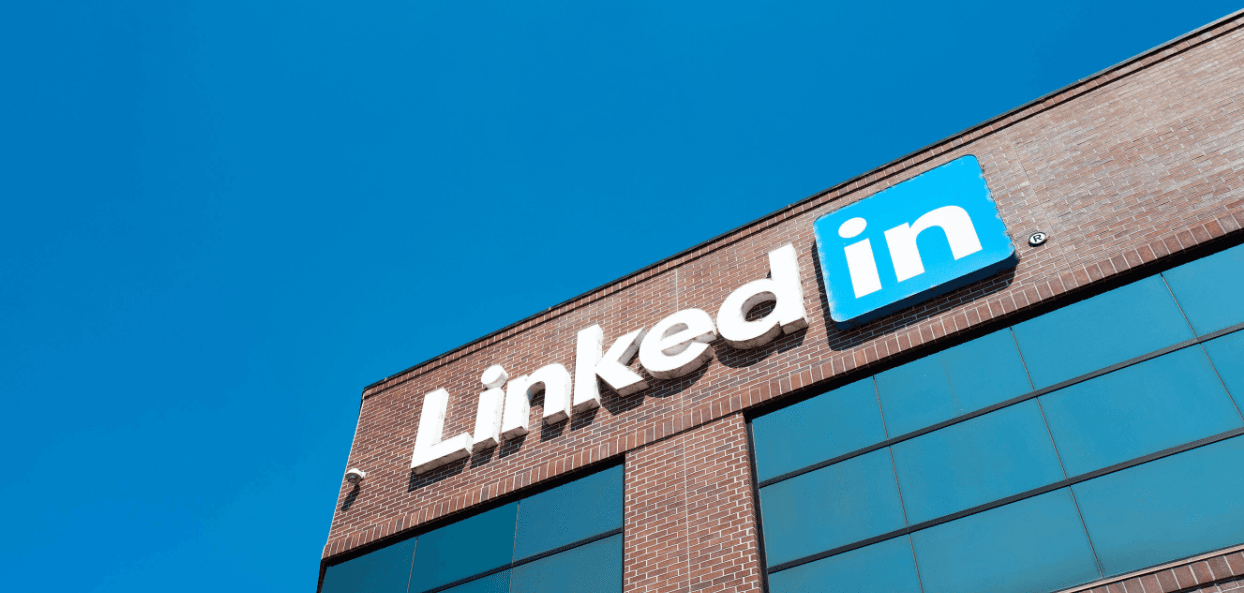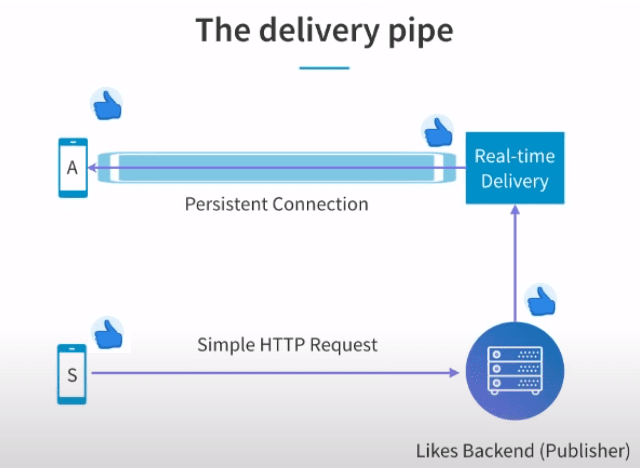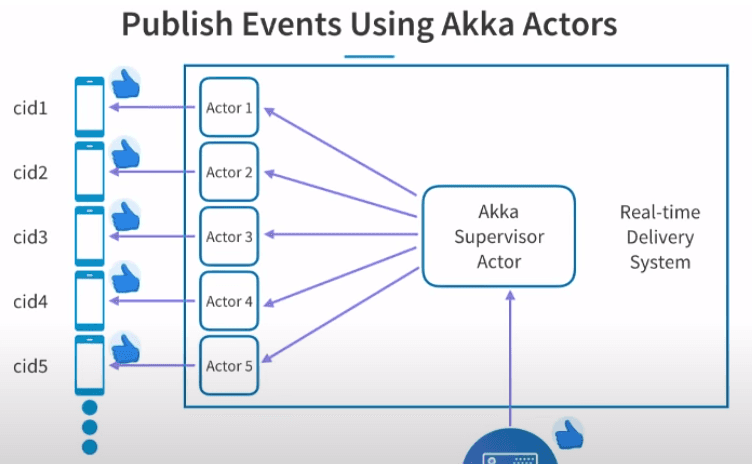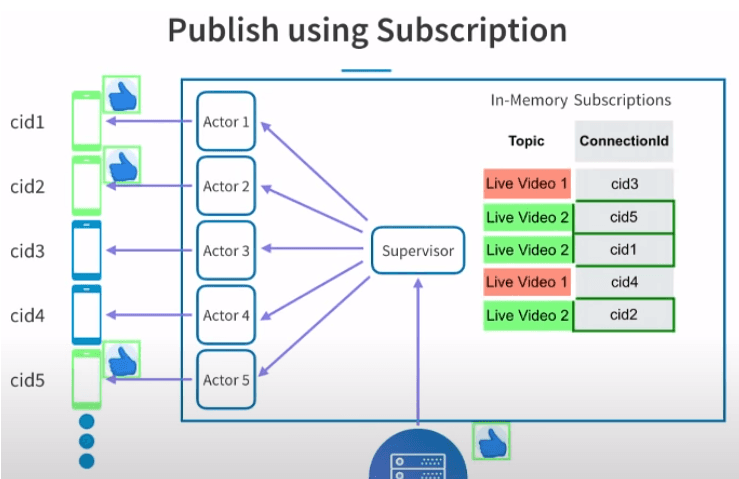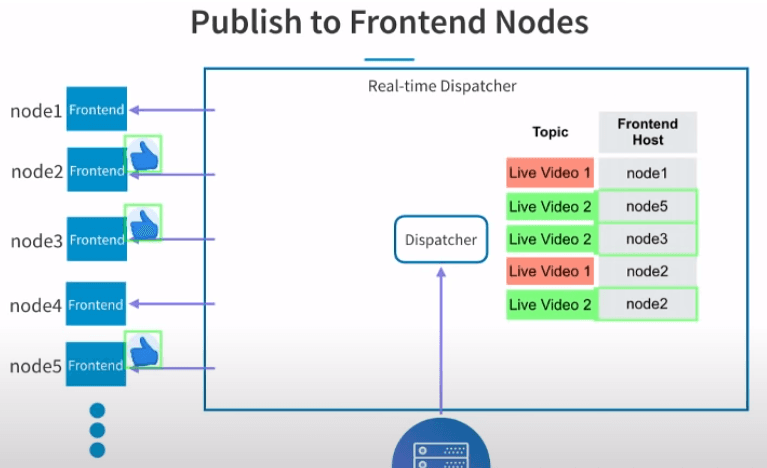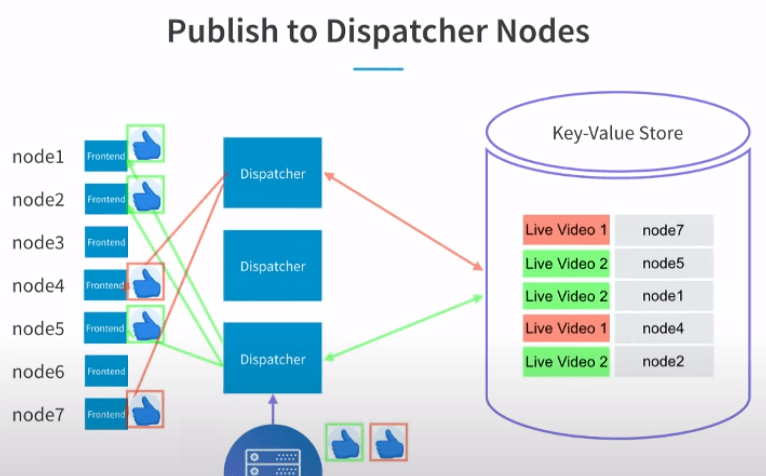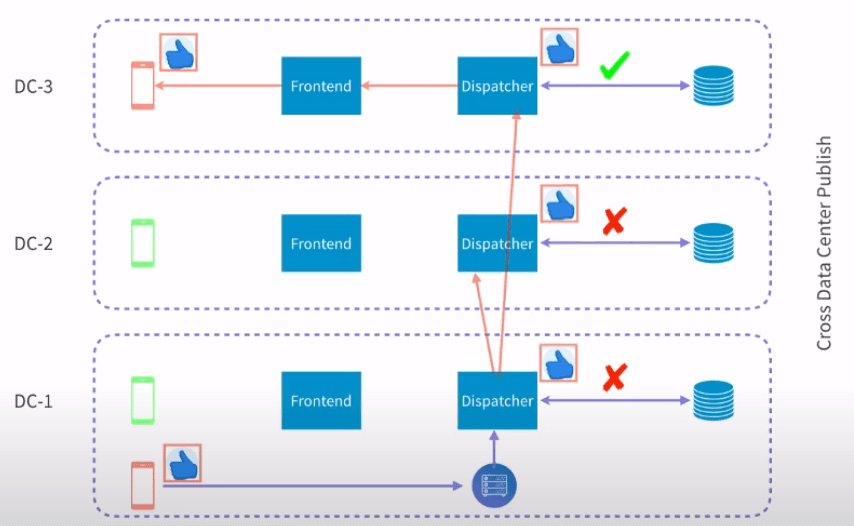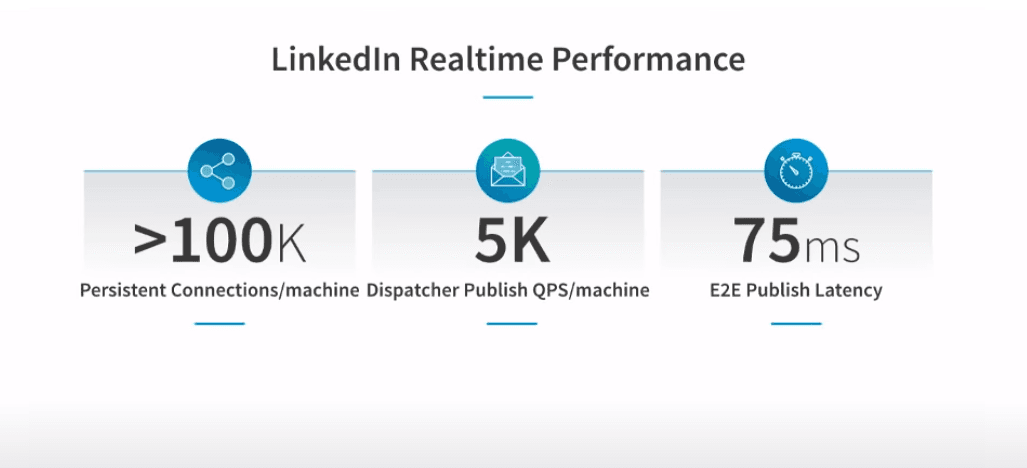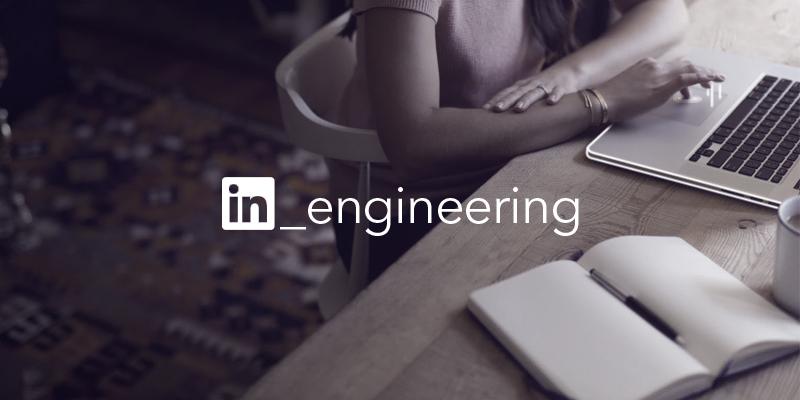Streaming a Million Likes/Second: Real-Time Interactions on Live Video
Curated from: InfoQ
Ideas, facts & insights covering these topics:
11 ideas
·1.22K reads
4
Explore the World's Best Ideas
Join today and uncover 100+ curated journeys from 50+ topics. Unlock access to our mobile app with extensive features.
The Realtime Platform
LinkedIn has built the Realtime Platform to distribute multiple types of data in real-time such as:
- Likes, comments and viewer count for Live Videos
- Typing indicators and Read receipts for Instant Messaging
- Presence i.e. the green online indicators
Their goal is to increase user engagement by enabling dynamic instant experiences between users, such as: likes, comments, polls, discussions etc.
7
124 reads
Interactive Live Videos
Having a lot of people interact on live videos poses many technical challenges. Mainly because viewers generate a lot of interactions that need to be delivered fast.
To get a sense of the scale, the top live streams in the world gathered millions of concurrent users:
- Cricket World Cup Semifinal 2019 - 25M concurrent viewers
- British Royal Wedding 2018 - 18M concurrent viewers
8
126 reads
Challenge 1: The Delivery Pipe
- User devices have a persistent connection to the Realtime Platform servers.
- The servers use server-sent events to stream data fast on this connection via the EventSource interface.
A persistent connection is an HTTP Long Poll i.e. a regular HTTP connection where the server doesn't disconnect it.
8
91 reads
Challenge 2: Connection Management
- Each connection is managed by an Akka actor.
- Actors are so lightweight that there can be millions of them on a single system. Moreover, all of them can be served by a small number of threads, proportional to the number of cores. This is possible because a thread is assigned to an actor only when it has work to do.
- Actors are managed by an Akka supervisor actor that sends them events (likes, comments etc.) which need to be forwarded to user devices.
Akka is a toolkit for building highly concurrent, distributed, and resilient message-driven apps.
8
45 reads
Challenge 3: Multiple Live Videos
- Clients are subscribing to events for a particular live video i.e. they are telling the server which live video they are watching.
- The Frontend server stores all subscriptions in an in-memory table.
- Every time a new event is published, the supervisor actor does a lookup in the in-memory table to determine which actors need to receive this event.
8
62 reads
Challenge 4: 10K Concurrent Viewers
- Scale horizontally to handle more concurrent viewers -> Add multiple Frontend nodes and coordinate them using a Dispatcher node.
- In a similar fashion to the Frontend node, the Dispatcher has a subscriptions table to know which frontend nodes should receive which events.
- This table is populated when Frontend nodes send subscription requests to tell the Dispatcher which live videos they're interested in (i.e. which live videos its connections are subscribed to).
9
57 reads
Challenge 5: 100 Likes/second
- Scale horizontally again to handle more events -> Add multiple Dispatchers and move the subscription table into a key-value store so it's accessible to all Dispatchers.
- Dispatchers are independent from Frontend nodes and don't have persistent connections between them.
- Any Frontend node can subscribe to any Dispatcher.
- Any Dispatcher can publish events to any Frontend node.
9
77 reads
Final architecture
- A viewer likes a video and sends an HTTP request to the Likes backend, which stores it in a database.
- The backend forwards the like to any random Dispatcher node using an HTTP request.
- Dispatcher looks up in the key-value store to find out which Frontend nodes are subscribed to likes from that video.
- Dispatcher sends the like to the corresponding Frontend nodes.
- Frontend nodes send the like to client devices which are subscribed to that video.
12
328 reads
Bonus Challenge: Multiple data-centers
Expanding to other regions requires two steps:
- Replicate the setup in each data-center.
- Have the Dispatcher broadcast the events to its peer Dispatchers from the other data-centers.
8
60 reads
Performance and scale
- Each Frontend node handles 100k persistent connections. It handles only this many connections because the server is doing a lot of work processing multiple types of data (likes, comments, instant messaging etc.).
- Each Dispatcher can publish 5k events per second to the Frontend nodes.
- End-to-end Publish Latency is 75ms at p90, from the moment the Like is received until the Like is sent to a viewer. There are only two lookups in the subscriptions tables and a series of network calls.
- The system is completely horizontally scalable. You can add more Dispatchers and Frontend nodes to handle more viewers and more events.
8
50 reads
Related posts
- How LinkedIn displays Presence indicators in real-time: https://engineering.linkedin.com/blog/2018/01/now-you-see-me--now-you-dont--linkedins-real-time-presence-platf
- How LinkedIn measures end-to-end latency across systems: https://engineering.linkedin.com/blog/2018/04/samza-aeon--latency-insights-for-asynchronous-one-way-flows
- How LinkedIn scaled one server to handle hundreds of thousands of persistent connections: https://engineering.linkedin.com/blog/2016/10/instant-messaging-at-linkedin--scaling-to-hundreds-of-thousands-
10
209 reads
IDEAS CURATED BY
Alt account of @ocp. I use it to stash ideas about software engineering
Ovidiu Podariu (Tech)'s ideas are part of this journey:
Learn more about computerscience with this collection
Understanding machine learning models
Improving data analysis and decision-making
How Google uses logic in machine learning
Related collections
Read & Learn
20x Faster
without
deepstash
with
deepstash
with
deepstash
Personalized microlearning
—
100+ Learning Journeys
—
Access to 200,000+ ideas
—
Access to the mobile app
—
Unlimited idea saving
—
—
Unlimited history
—
—
Unlimited listening to ideas
—
—
Downloading & offline access
—
—
Supercharge your mind with one idea per day
Enter your email and spend 1 minute every day to learn something new.
I agree to receive email updates

